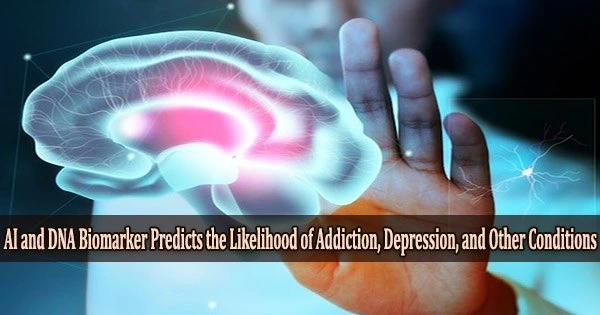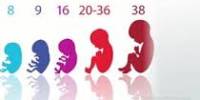A recent study from Virginia Commonwealth University’s Center for Biomarker Research and Precision Medicine shows how the application of artificial intelligence (AI) and genomics can generate DNA biomarkers that predict mental health issues nearly 17 years after exposure to childhood trauma. The study was published in the journal Molecular Psychiatry.
Childhood trauma was assessed from events that meet DSM post-traumatic stress disorder criteria in the Child and Adolescent Psychiatric Assessment (CAPA) and the Young Adult Psychiatric Assessment (YAPA) from hundreds of children aged 9–13 who participated in the 30-year study initiated by Duke University and the North Carolina Department of Health and Human Services called the Great Smoky Mountain Study (GSMS). Blood spot samples and clinical data were collected at each wave.
More than 480 participants submitted more than 670 blood spot samples before the age of 21, while a subgroup of more than 300 participants provided a sample in adulthood, totaling over 970 blood spot samples.
A clinically significant impairment in a person’s intellect, emotional control, or behavior is an indication of a mental condition. It is typically linked to distress or functional impairment in key areas. Mental diseases come in many different forms.
Mental health issues are another name for mental disorders. The latter is a more general phrase that encompasses mental illnesses, psychosocial impairments, and (other) mental states connected to considerable distress, functional disability, or danger of self-harm.
We fragment the DNA and turn it into little pieces like 100 base pairs, and then sequence it. And now we know the sequence of all these little fragments. And then we need to align it to the reference genome. If something aligns to a location that has a CpG, then we calculate for that site how much methylation is occurring.
Edwin van den Oord
“We predict from the DNA methylation the adult outcome,” said the study lead author Edwin van den Oord, PhD, a Dutch psychiatric geneticist, Professor, and Director at the Center for Biomarker Research and Precision Medicine at Virginia Commonwealth University. “We found a broad array of outcomes like adult depression, anxiety, alcohol abuse, nicotine addiction, poverty, social problems, and medical problems.”
DNA methylation alterations have been linked to cancer and neuropsychiatric illnesses. Van den Oord estimates that there are 28 million potential methylation sites in the human genome.
“We know where all the SNPs (single nucleotide polymorphisms) are,” van den Oord said. “We take the human-reference genome from the Human Genome project and look for CG sites, and then we inpute all the SNPs.”
Unlike heart illness or cancer, which can be diagnosed by scientific testing, mental health issues cannot. The challenge with mental health issues is how our distressing thoughts and feelings affect our life. There is no “hidden” component that only professionals are aware of.
This may seem confusing, because people who work in mental health often use medical terms such as ‘anxiety’, ‘depression’, ‘bipolar’ and ‘bulimia’ to diagnose people’s problems with their mental health.
The area of biology known as genetics is concerned with the study of genes, genetic diversity, and inheritance in living things. Deoxyribonucleic acid, or DNA, is the genetic material in humans and the majority of other species. It stores information as a code made up of the four basic building blocks adenine (A), guanine (G), cytosine (C), and thymine (T).
Environmental influences have the ability to alter the epigenetic state of DNA, changing how genes are expressed. An epigenetic modification is DNA methylation, which is the process of adding methyl groups to DNA bases.
The researchers identified the regions in the human genome where these sites are present because methylation typically occurs at CpG sites, also known as CG sites. They specifically located areas of the DNA where a guanine nucleotide follows a cytosine nucleotide.
The researchers began by identifying CpG sites in the human-reference genome from the Human Genome Project in order to discover all of the potential locations that can be methylated in the majority of humans.
“We fragment the DNA and turn it into little pieces like 100 base pairs, and then sequence it,” said van den Oord. “And now we know the sequence of all these little fragments. And then we need to align it to the reference genome. If something aligns to a location that has a CpG, then we calculate for that site how much methylation is occurring.”
The scientists calculated methylation risk scores using artificial intelligence (AI) machine learning. In AI, Elastic Net linear regression is a method that combines Lasso (Least Absolute Shrinkage and Selection Operator) and Ridge regression methods.
The predictive ability of the methylation risk scores generated by the AI algorithm was “higher than that of reported trauma and could not be explained by the reported trauma, correlations with demographic variables, or a continuity of the predicted health problems from childhood to adulthood.”
Researchers found that the methylation risk scores might be used as a clinical biomarker to assess the health risks associated with trauma exposure and could predict a wide variety of unfavorable outcomes.
















